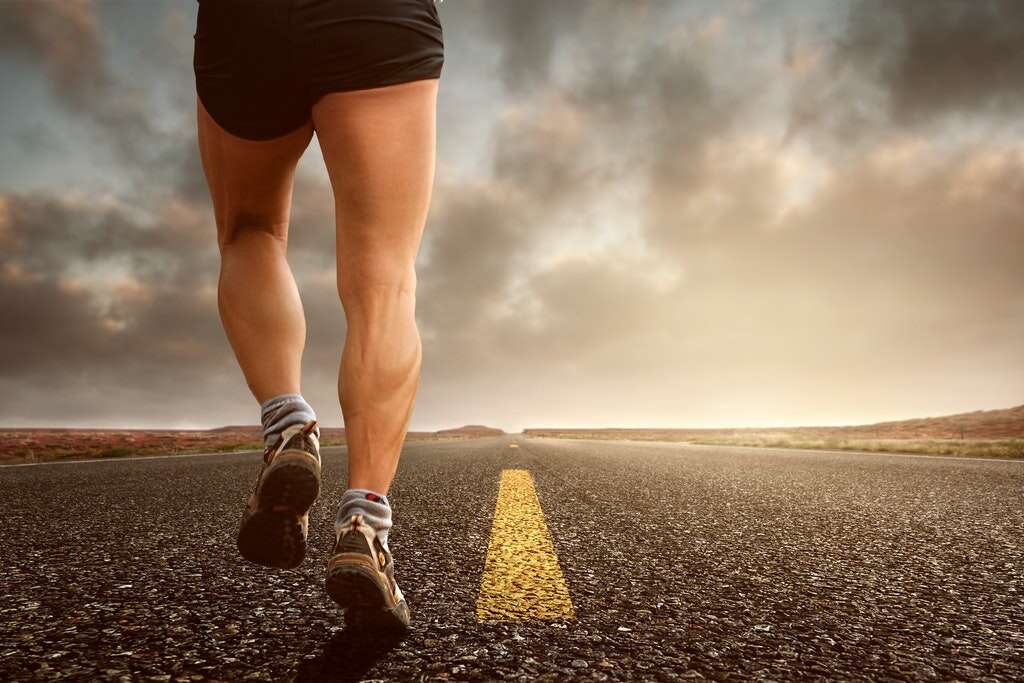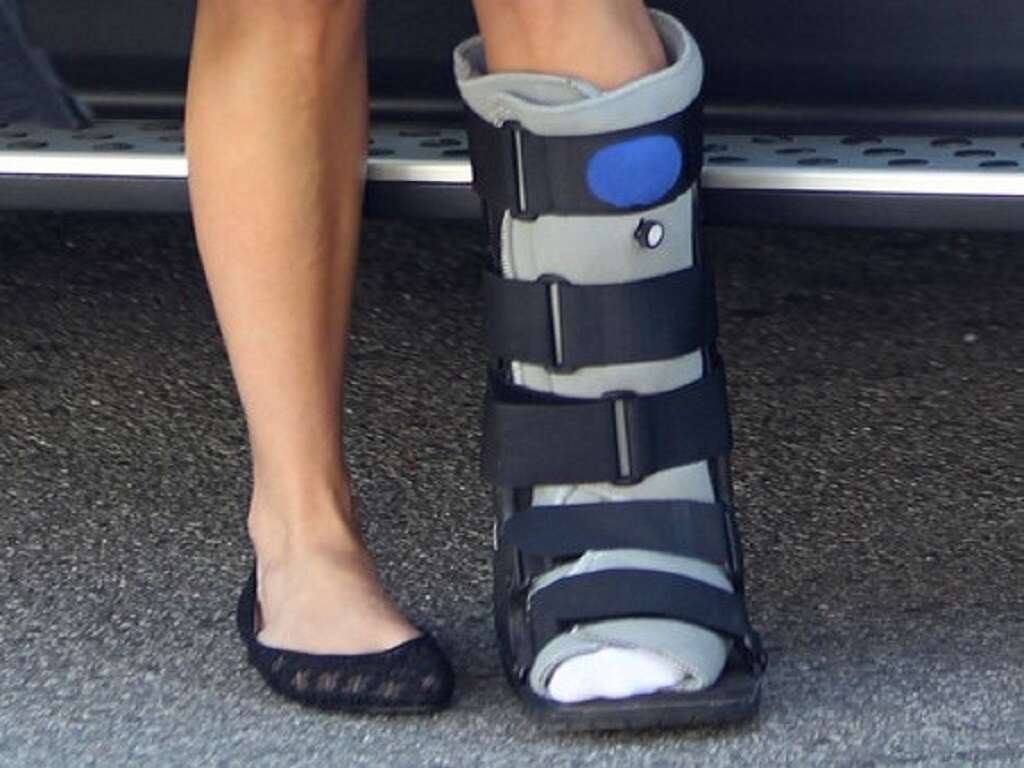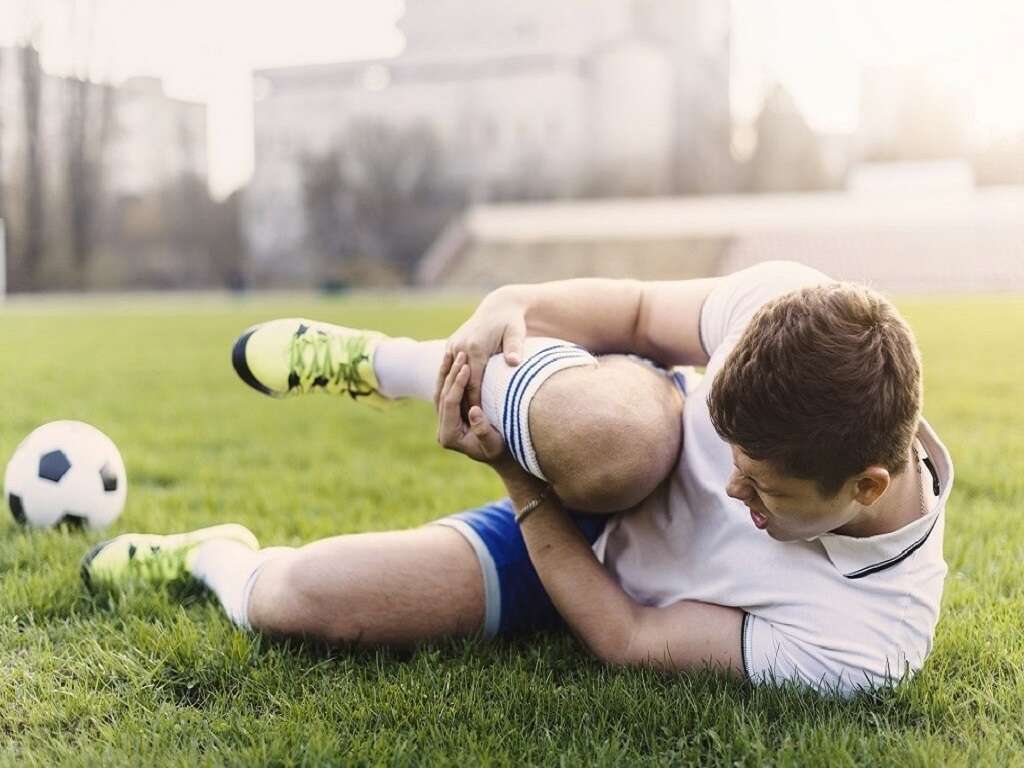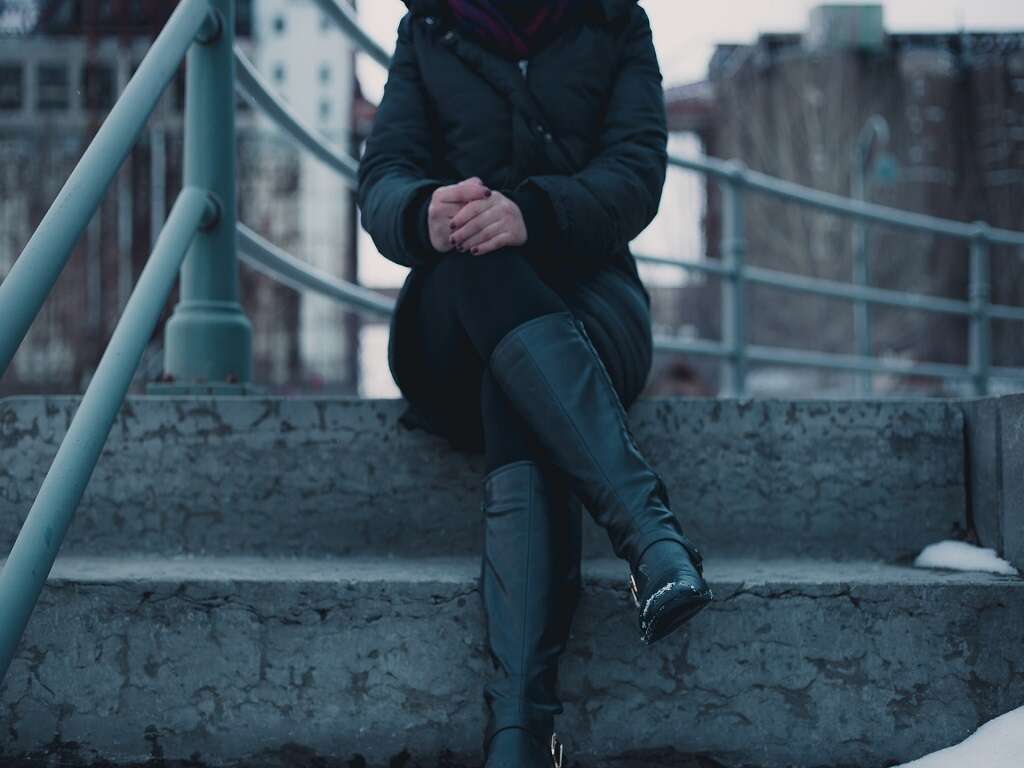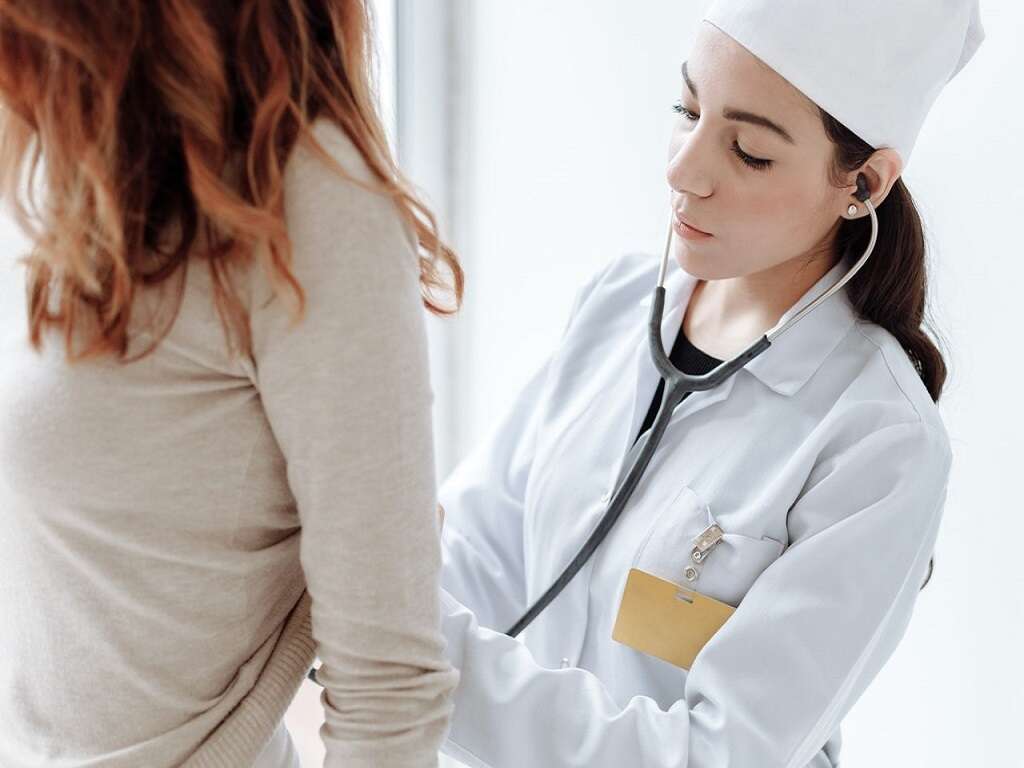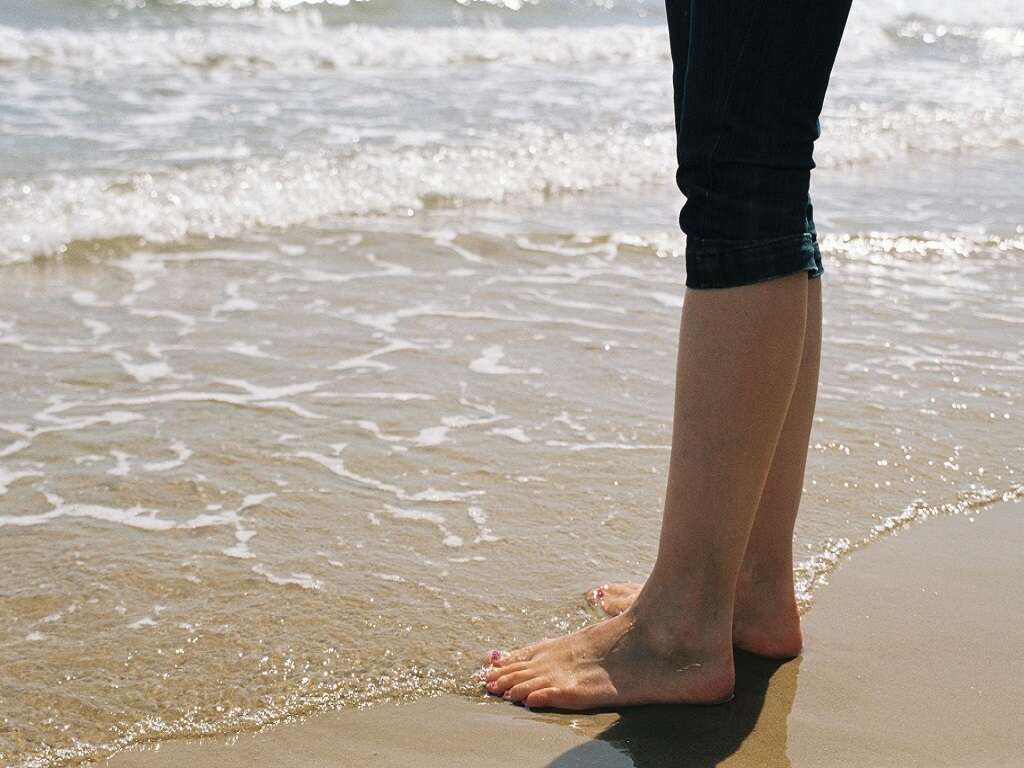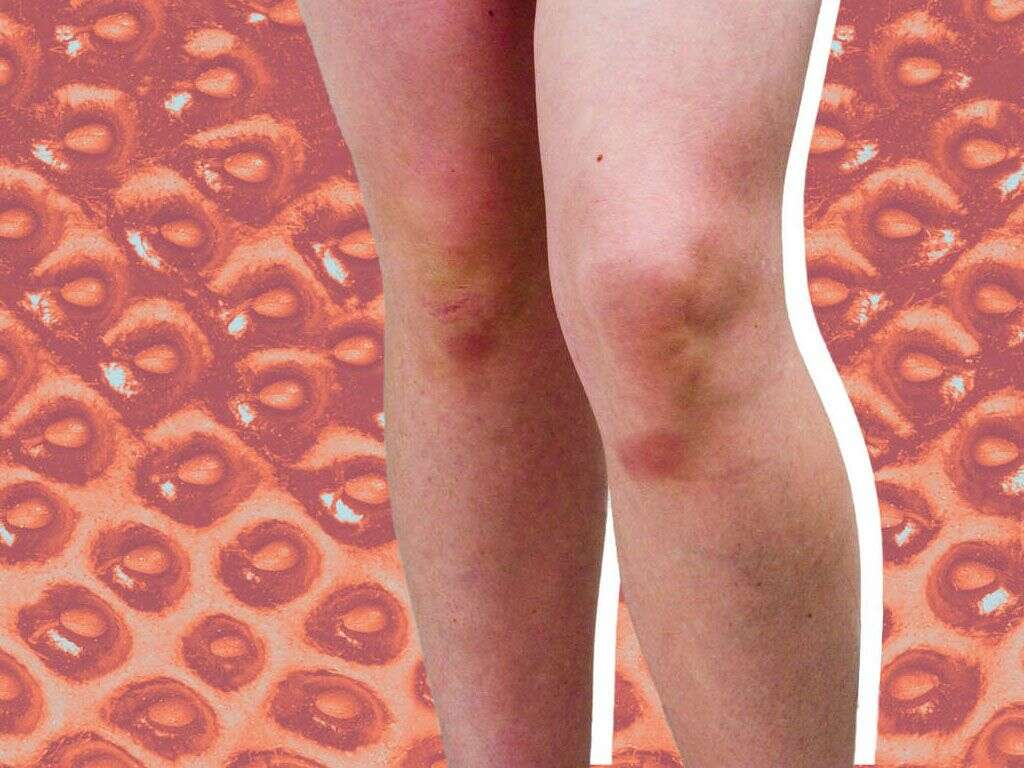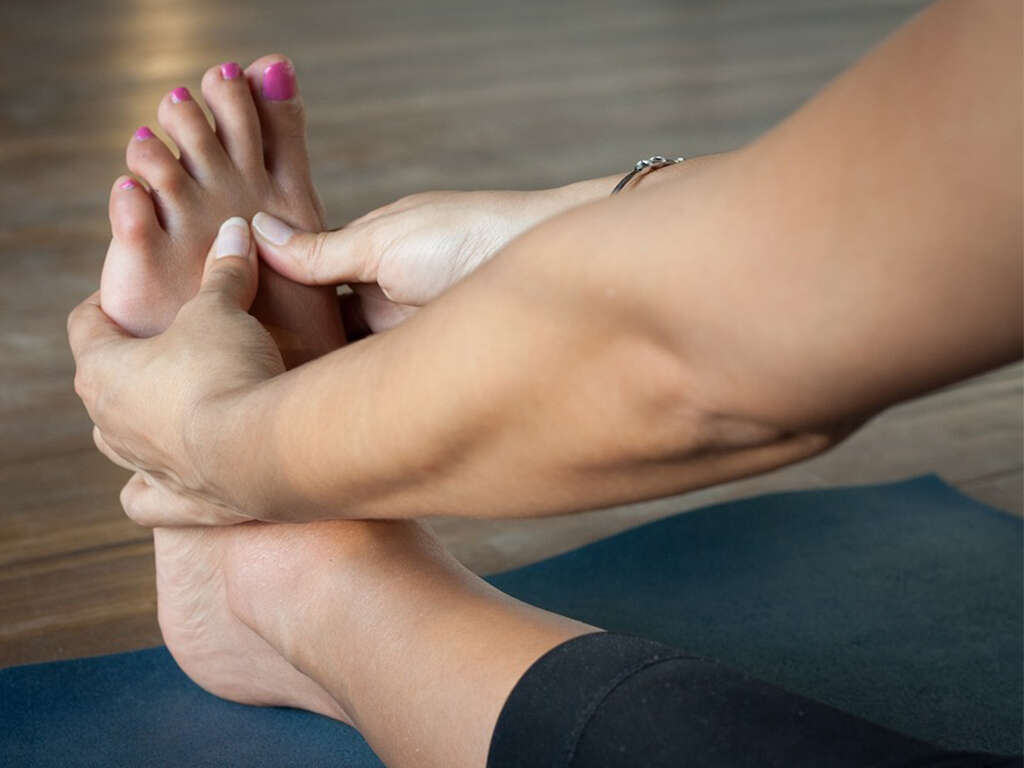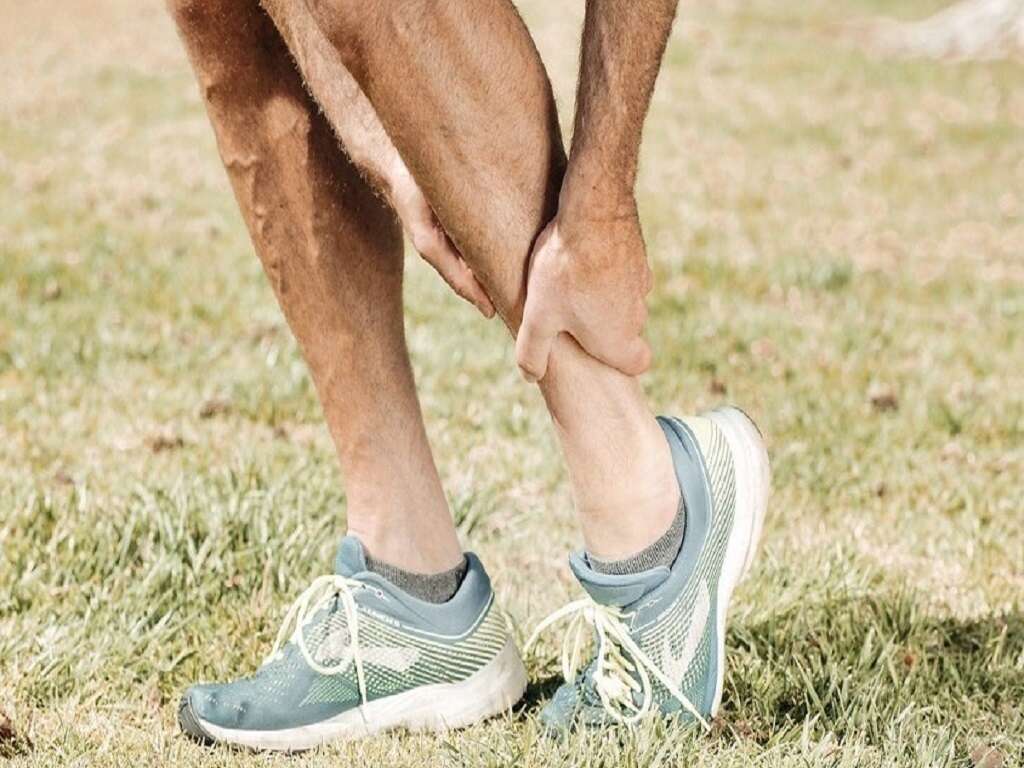10 Claudication Symptoms
 Article Sources
Article Sources
- 1. 'Claudication. Mayo Clinic, Mayo Foundation for Medical Education and Research, 11 Jan. 2020, www.mayoclinic.org/diseases-conditions/claudication/symptoms-causes/syc-20370952
- 2. 'Muscle Cramps & Spasms.' Healthy Aging: Muscle Cramps & Spasms | MUSC Health | Charleston SC, muschealth.org/medical-services/geriatrics-and-aging/healthy-aging/cramps-and-spasms
- 3. 'Causes of Cold Feet.' Harvard Health, 16 Sept. 2019, www.health.harvard.edu/diseases-and-conditions/causes-of-cold-feet
- 4. 'Viagra and Other Erectile Dysfunction Drugs: 'Understand How They Work.' Mayo Clinic, Mayo Foundation for Medical Education and Research, 11 June 2019, www.mayoclinic.org/diseases-conditions/erectile-dysfunction/in-depth/erectile-dysfunction/art-20047821
- 5. 'Varicose Veins.' Mayo Clinic, Mayo Foundation for Medical Education and Research, 30 Jan. 2021, www.mayoclinic.org/diseases-conditions/varicose-veins/symptoms-causes/syc-20350643
Claudication is the pain a person feels when their legs are getting insufficient amounts of blood during exercise. The lack of blood is due to plaque buildup in the arteries, which causes a blockage. The pain may occur in the thighs, calves and buttocks.
Claudication is commonly caused by peripheral artery disease, or PAD, a narrowing of the arteries, especially in the legs, due to plaque buildup.1‘Claudication. Mayo Clinic, Mayo Foundation for Medical Education and Research, 11 Jan. 2020, www.mayoclinic.org/diseases-conditions/claudication/symptoms-causes/syc-20370952 PAD isn't the sole cause. Other conditions, such as an aneurysm, damaged nerves or a narrowed spinal canal, may contribute to claudication.
Pain
Men aged 55 and over and women aged 60 and over are at greater risk of developing claudication. Individuals with diabetes, high blood pressure, high cholesterol levels and those who smoke, don't regularly exercise or are overweight are also at risk.
Pain in the legs and buttocks is a common symptom of claudication because of the reduced blood flow to the muscles. During exercise or physical activity, the pain might increase and can be felt from the feet through to the buttocks. The pain subsides or goes away when the activity or movement is halted.
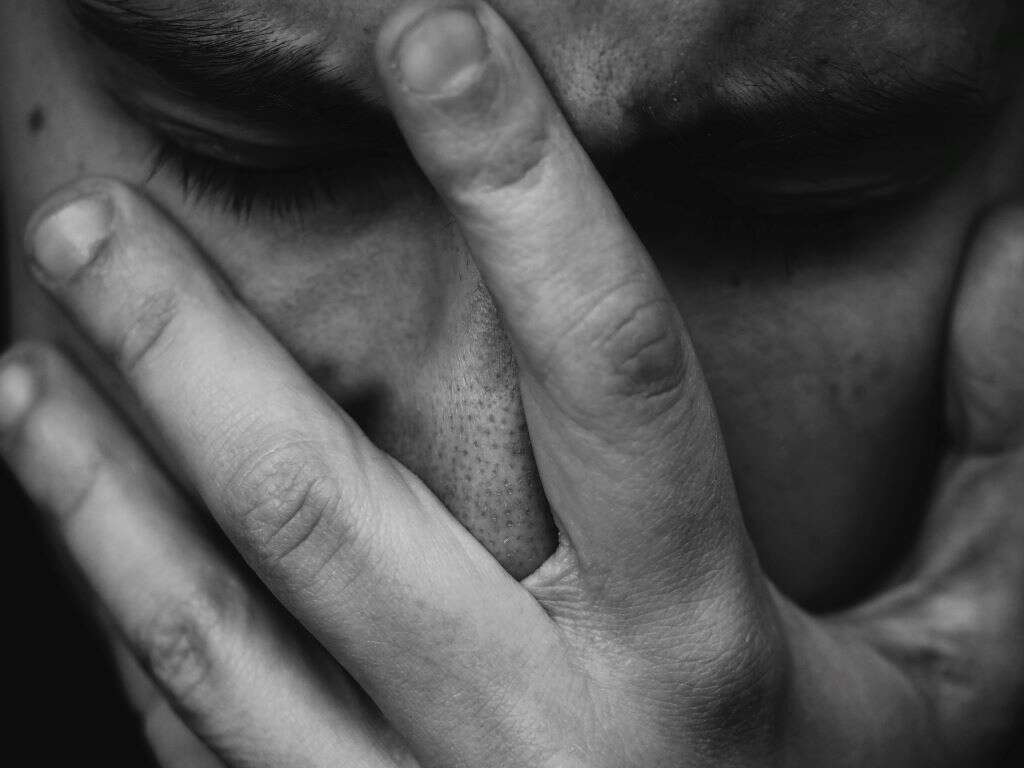
Leg Cramps
The inadequate blood flow to the legs may also cause a person to experience cramping, another claudication symptom. Leg cramps may develop without warning, presenting as a sudden pain in the legs due to the tightening of the muscles.
The pain may be severe, and it may last from a few seconds to minutes.2‘Muscle Cramps & Spasms.’ Healthy Aging: Muscle Cramps & Spasms | MUSC Health | Charleston SC, muschealth.org/medical-services/geriatrics-and-aging/healthy-aging/cramps-and-spasms Individuals may gain relief from leg cramps by stretching and massaging the leg muscles. Common contributing causes of leg cramps are aging, excessive exercise and dehydration.
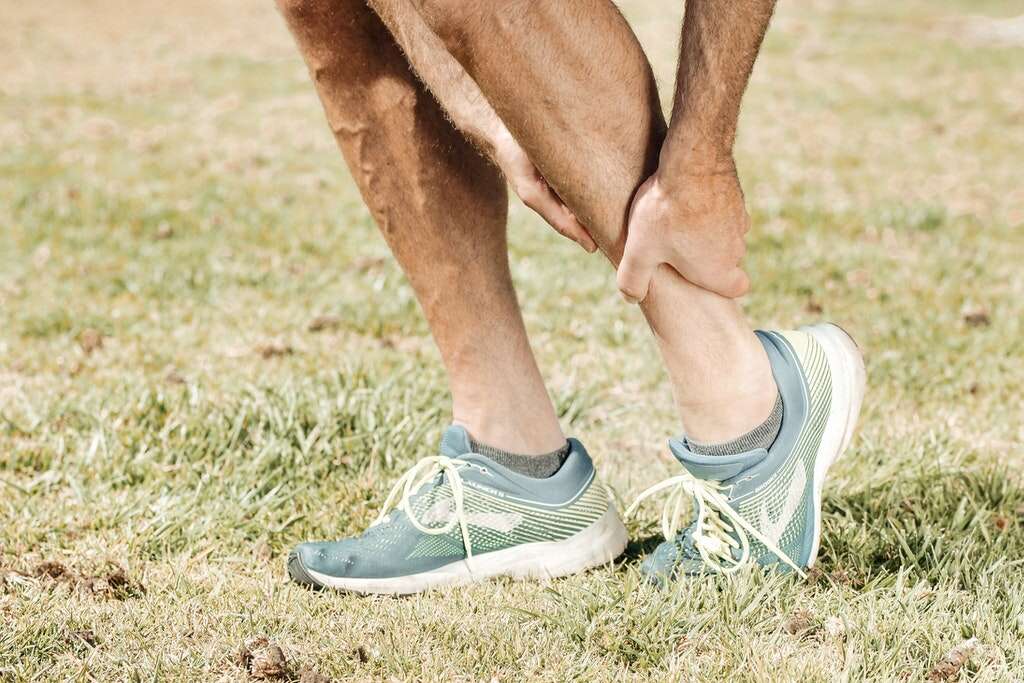
Numbness
Participating in any physical activity, including walking, may be difficult for a person with claudication, and occasionally, the pain progresses to numbness. An insufficient blood supply, a prime cause of claudication, generally causes numbness in the leg.
Something as simple as crossing the legs for lengthy periods can cause a person's legs to feel numb. This is due to compression of the nerves in the legs. Rest may alleviate the numbness caused by nerve pressure.
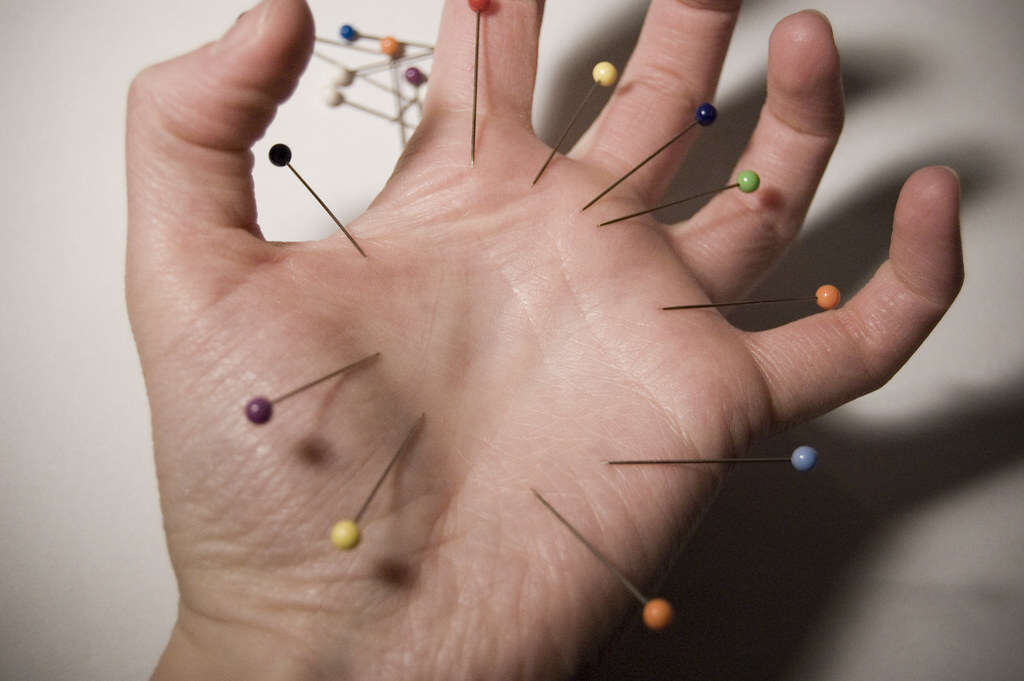
Tingling
Along with the pain and numbness individuals sometimes encounter with claudication, some people may develop a tingling sensation in the legs, feet or buttocks. Certain claudication symptoms, including tingling, may relent if a person walks around. This allows normal circulation to resume.
Other ways of relieving the uncomfortable sensation of tingling are clenching and unclenching fists, wiggling the toes and taking the pressure off the affected area, allowing it to regain normal function.
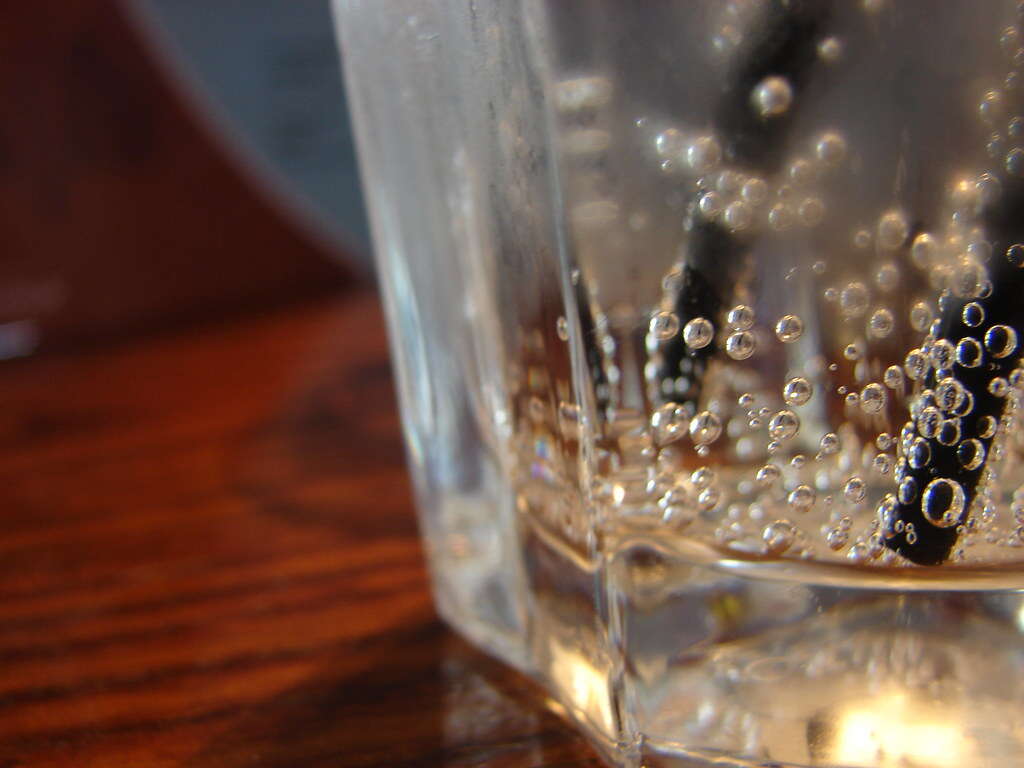
Fatigue
Depending on its severity, pain may cause a person to expend high levels of physical and emotional energy. This may lead to fatigue. A person experiencing claudication pain at night may develop sleep deprivation, which may result in fatigue.
Unlike feeling sleepy, where a good night's sleep is usually enough to return someone to normalcy, fatigue is a feeling of overall tiredness. A person with fatigue lacks energy and may also develop weak and aching muscles.

Cold Feet
Commonly caused by decreased circulation in the extremities, cold feet can be a symptom of claudication. An issue with nerve sensation is another possible cause of cold feet.3‘Causes of Cold Feet.’ Harvard Health, 16 Sept. 2019, www.health.harvard.edu/diseases-and-conditions/causes-of-cold-feet
An individual with an inactive lifestyle may be likely to have cold feet. Those who spend a lot of time sitting and who don't move around much have a greater chance of reduced circulation in the feet, toes and legs, leading to cool or cold feet.3‘Causes of Cold Feet.’ Harvard Health, 16 Sept. 2019, www.health.harvard.edu/diseases-and-conditions/causes-of-cold-feet
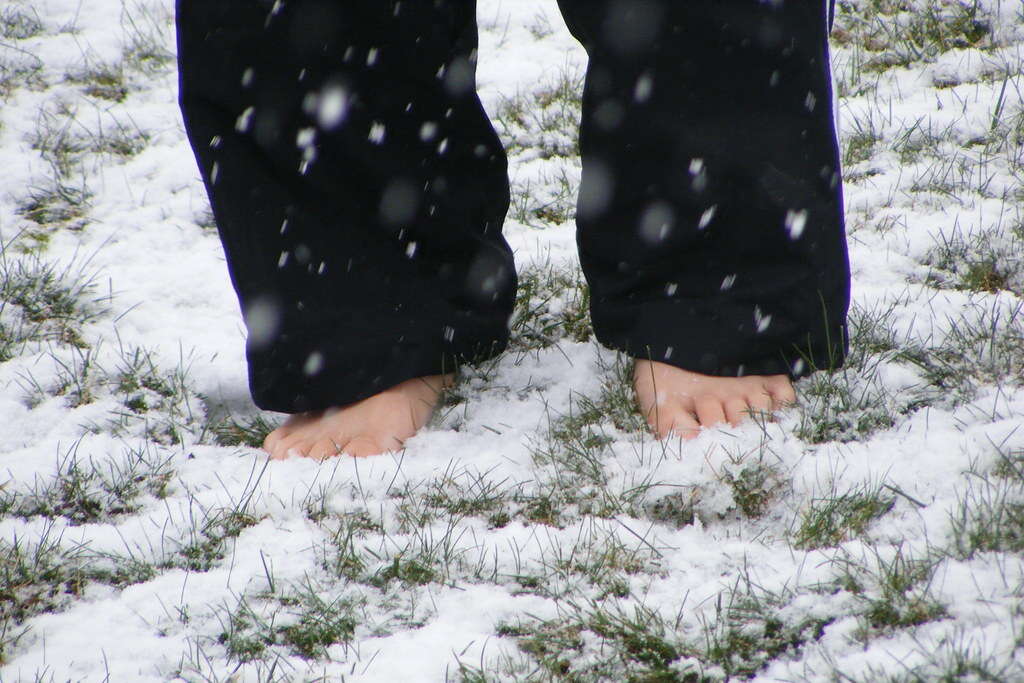
Erectile Dysfunction
Erectile dysfunction may accompany claudication since both conditions may be related to restricted blood flow. Erectile dysfunction may cause stress, affect self-confidence and put a strain on relationships.
One of several claudication symptoms, erectile dysfunction is a possible sign of an underlying health condition as well as being a risk factor for heart disease. Medications, such as Viagra and Cialis, are commonly prescribed by doctors to help improve erectile dysfunction.4‘Viagra and Other Erectile Dysfunction Drugs: ‘Understand How They Work.’ Mayo Clinic, Mayo Foundation for Medical Education and Research, 11 June 2019, www.mayoclinic.org/diseases-conditions/erectile-dysfunction/in-depth/erectile-dysfunction/art-20047821
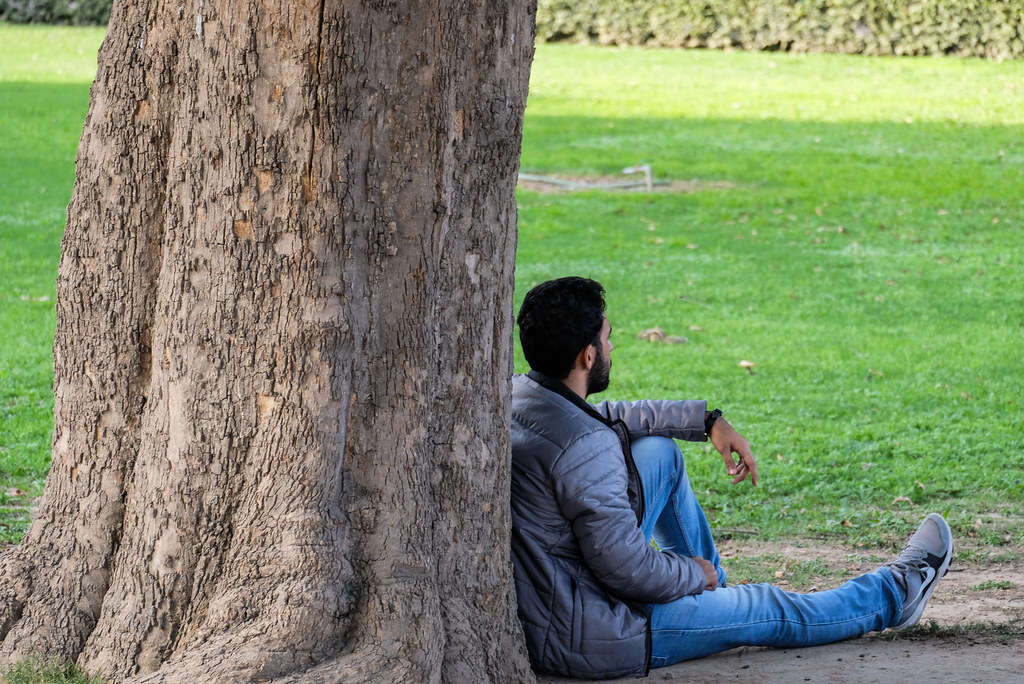
Dead Weight
Rather than feeling pain in their leg due to claudication, some individuals describe the feeling of dead weight. Their legs may feel heavy and tired. It may seem as though dragging the leg around takes a great deal of effort.
Varicose veins can sometimes cause heaviness in the legs.5‘Varicose Veins.’ Mayo Clinic, Mayo Foundation for Medical Education and Research, 30 Jan. 2021, www.mayoclinic.org/diseases-conditions/varicose-veins/symptoms-causes/syc-20350643 These can appear as a person ages, when a woman enters menopause and in obese individuals. People who stand or sit for long periods may have reduced circulation, possibly leading to claudication or varicose veins.
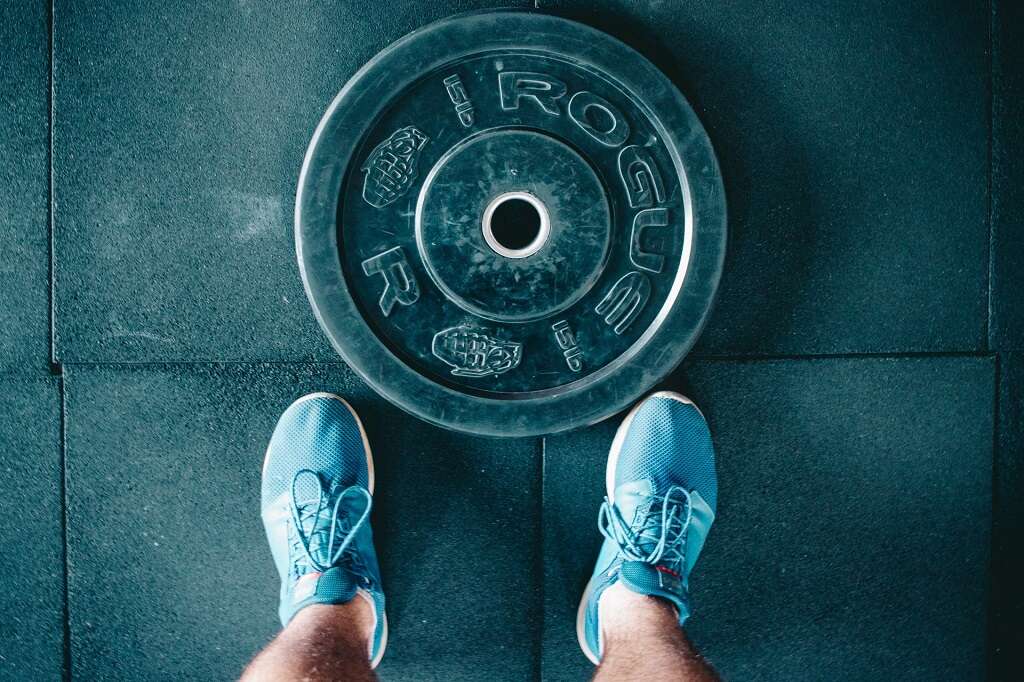
Burning Sensation
Besides pain, numbness and tingling, individuals with claudication may also experience a burning sensation in their legs or feet. The sensation may or may not cause pain, but a person is likely to experience discomfort.
The burning sensation may be related to nerve damage in the legs. Known as neuropathy, the burning feeling occurs as a result of damage to or dysfunction of one or more nerves. This may also result in numbness and tingling.
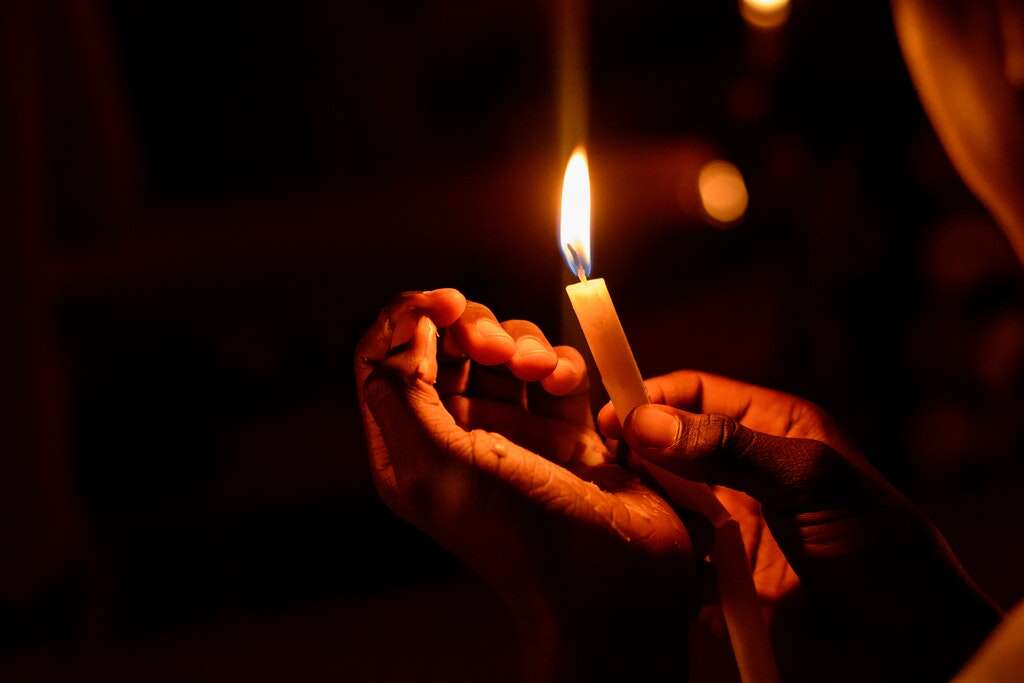
Hair Loss on the Legs
Shiny, hairless legs can be another sign of claudication. The reduction in the flow of blood to the legs due to narrowed arteries may cause the lower limbs to lose hair. Along with the hair loss, the legs may also appear shiny.
Shiny legs are sometimes caused by stretching of the skin, which may be related to fluid collecting in the lower limbs. Shiny legs may also be a sign of a heart disorder.
